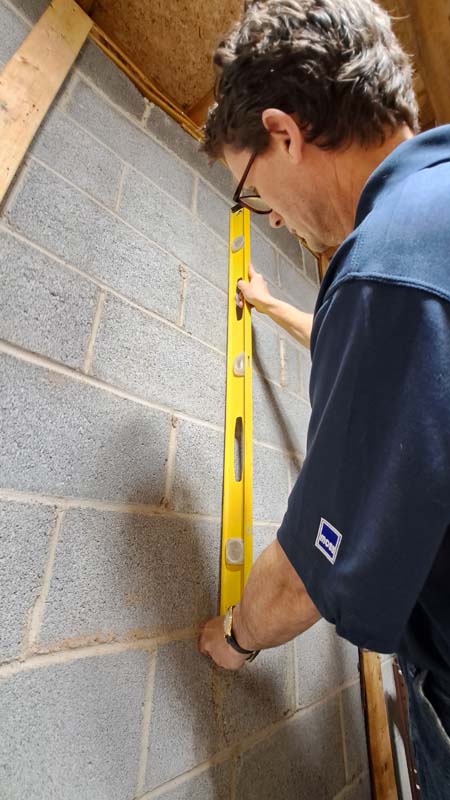
For Home Buyers
Home Buyers, Here’s How the Advanced Structural Assessment Can Help You
The Advanced Structural Assessment is designed to give buyers a better understanding of the house structure than is possible during a routine home inspection. During a routine home inspection, your inspector will make visual observations about the house structure. When defects are found, they are not able to render a structural opinion and will refer you to an engineer. Sadly, many defects go unnoticed or are misunderstood, and an engineer is not called in when they should be. But even if the stars align and your home inspector identifies a legitimate structural concern and recommends an engineer for further evaluation, this causes delays and uncertainty. Also, it’s important to understand that a visual inspection is not enough to identify some of the most expensive structural problems. To explain, in modern houses most of the structure is concealed by drywall and not visible. If you can’t see a defect then how do you know it’s there? The missing part of the assessment is that detailed measurements of the house structure can often uncover a condition that would not be found under normal inspection practices.
By adding the Advanced Structural Assessment to your home inspection, you are better positioned to protect yourself from costly structural issues. At ASA Engineering Group, we are partnering with some of the best home inspection companies across the DC region, so we can garner high-level structural data during your home inspection and provide a structural engineering report to you. To book an Advanced Structural Assessment, contact any of our ASA certified home inspectors and add the Advanced Structural Assessment as part of your routine home inspection.

When should a home buyer consider adding the Advanced Structural Assessment to a home inspection?
- When a buyer wants to know the structure is sound. You simply don’t know without taking the necessary measurements.
- When a buyer wants the best possible understanding of the condition of a house structure.
- When a buyer or a buyer’s real estate agent notices something unusual in a prospective property such as sloping floors, excessive interior cracking, basement moisture, etc.
- When a seller discloses a previous structural issue.
- When the house is more than 50 years old.
- When there is a crawl space.
- When a property is distressed, neglected, or has been vacant for a long period.
- When a property was flipped or renovated for sale.